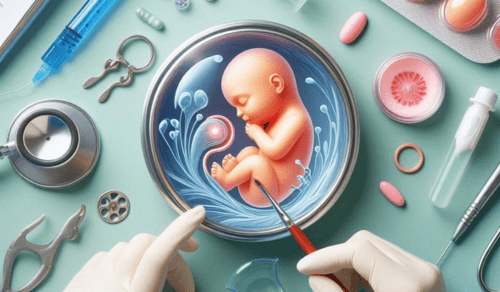Fertility preservation is a crucial topic in today’s world. Advances in medicine give people more control over their reproductive futures. As the San Diego director of fertility services, president, I have seen firsthand how these options can change lives. Understanding fertility preservation can help you make informed choices about your future. Let’s explore the key aspects of preserving fertility and the options available.
Why Consider Fertility Preservation?
Many people consider fertility preservation for different reasons. Some face medical treatments like chemotherapy that may affect fertility. Others wish to delay parenthood for personal or professional reasons. Whatever the reason, preserving fertility can offer peace of mind.
Methods of Fertility Preservation
There are several ways to preserve fertility. Each method fits different needs and circumstances. Here are the main options:
- Egg Freezing: Eggs are harvested and frozen for future use.
- Sperm Freezing: Sperm is collected and stored.
- Embryo Freezing: Fertilized eggs are frozen and stored.
Deciding which method is right can depend on various factors, including age and health status. It’s important to consult with a specialist to explore the best choice.
Factors Influencing Success
The success of fertility preservation depends on several factors. Age is a major factor, as fertility typically declines with age. The quality of eggs, sperm, and embryos also matters. Here’s a simple comparison:
| Factor | Impact on Success |
| Age | Greater success at younger ages |
| Egg/Sperm Quality | Higher quality increases chances |
| Health Conditions | Overall health can affect outcomes |
Emotional and Financial Considerations
Preserving fertility involves emotional and financial considerations. The decision can be emotional, needing careful thought and support. Financially, it’s essential to understand the costs and explore available options. Some insurance plans might cover parts of the process.
Long-term Outlook
Once fertility is preserved, it opens doors to future possibilities. People have the option to start a family when they are ready. This flexibility can bring peace and security. Staying informed and consulting with experts ensures the best outcomes.
Additional Resources
For those interested in learning more, resources are available from reputable institutions. The Eunice Kennedy Shriver National Institute of Child Health and Human Development provides valuable information. Another useful resource is the National Cancer Institute, which offers guidance on fertility preservation for cancer patients.
In conclusion, fertility preservation provides a way to safeguard your reproductive future. By understanding the options and factors involved, you can make informed decisions. Consulting with specialists and considering your personal circumstances ensures the best path forward.

